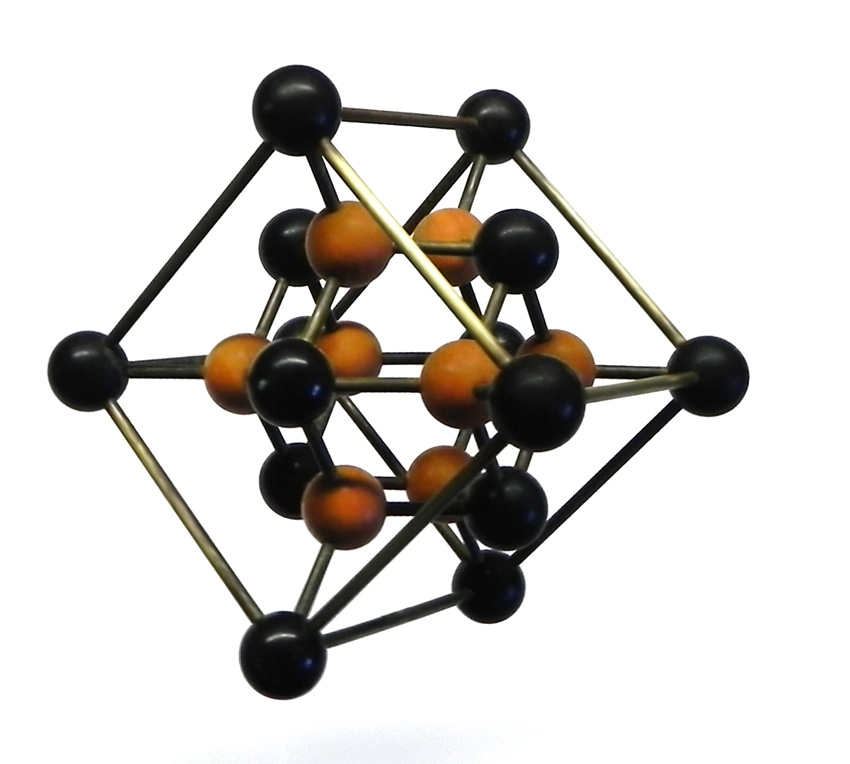A Major Advance in Understanding Plutonium
Observation of a plutonium nuclear magnetic resonance ends 50-year search and provides a key to deciphering its complex properties.

The Science
The long-awaited discovery of the nuclear magnetic resonance (NMR) signature of plutonium-239 was achieved by using high-purity plutonium dioxide powder cooled to 3.95 Kelvin and a broad field sweep of the magnetic field.
The Impact
The newly found NMR signature for plutonium-239 offers a direct view into the element’s complex chemical behavior, with its multiplicity of oxidation states, at the atomic and molecular level. Understanding the physical and chemical behavior of plutonium compounds is essential for understanding advanced nuclear fuels, stewardship of the nation’s nuclear stockpile, powering interplanetary exploration, and long-term storage of nuclear waste.
Summary
BES-supported research at Los Alamos National Laboratory, with collaborating scientists from the Japan Atomic Energy Agency, has led to the discovery of the nuclear magnetic resonance (NMR) signature for plutonium, the only spin-1/2 nucleus whose NMR signal had eluded detection despite 50 years of searching. To find plutonium’s elusive NMR signature, the researchers used a highly chemically and isotopically purified sample of solid plutonium dioxide, cooled it to 3.95 Kelvin to slow the nuclear spin relaxation time, and scanned over a range of energies thousands of times larger than typically found for lighter elements. The physical constant that is a signature of plutonium’s nucleus, the gyromagnetic ratio, determined through this discovery, also provides an all-important window into the local electronic environment of the plutonium nucleus, which determines the complex physical and chemical behaviors exhibited by plutonium in its metallurgy and chemical reactivity. The long-awaited discovery of this NMR signature provides an important, non-invasive tool to improve our understanding of plutonium, its stability, reactivity, and properties, in solid state physics, chemistry, biology, and materials science.
Contact
E. D. Bauer
Los Alamos National Laboratory
edbauer@lanl.gov
D. L. Clark
Los Alamos National Laboartory
dlclark@lanl.gov
Funding
DOE Office of Science Basic Energy Sciences (BES) program; Glenn T. Seaborg Institute, Los Alamos Laboratory Directed Research and Development (LDRD) program
Publications
H. Yasuoka, et al., "Observation of 239Pu Nuclear Magnetic Resonance," Science 336 901 (2012). [DOI: 10.1126/science.1220801].
Related Links
http://www.lanl.gov/news/releases/scientists_take_giant_step_forward_in_understanding_plutonium.html
http://www.sciencemag.org/content/336/6083/901.abstra2ct
http://www.nature.com/nature/journal/v485/n7399/full/485419b.html
Highlight Categories
Performer: DOE Laboratory



